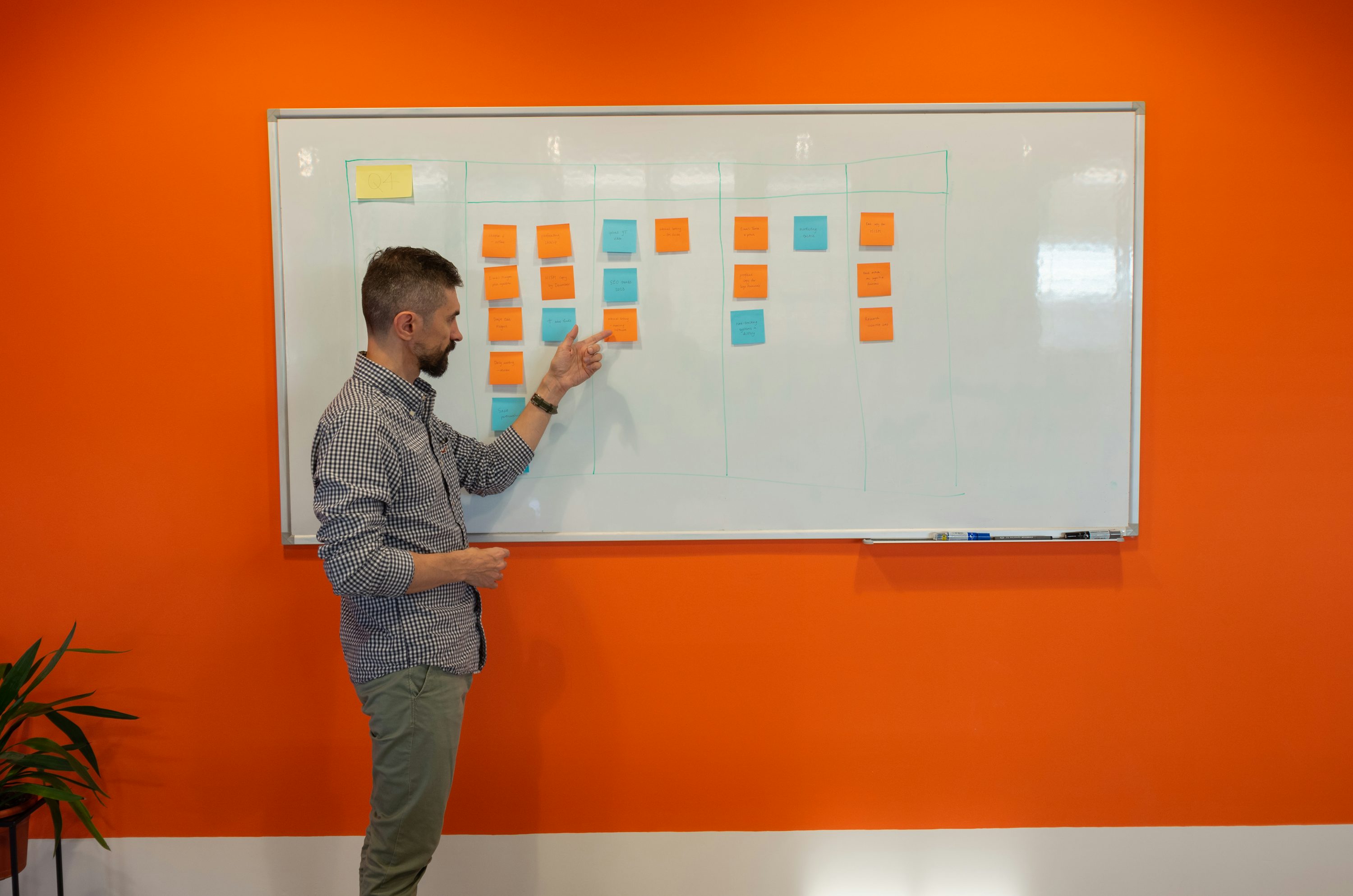Extraneous Variables | Types, Examples & Controls
- Introduction
- What are extraneous variables?
- Types of extraneous variables
- Differences with other variables
- How do you control extraneous variables?
Introduction
In experimental research, accuracy and reliability are critical to ensure that research findings sufficiently reflect the phenomenon under study. Extraneous variables are factors that can adversely influence study outcomes, leading to skewed results that might be misinterpreted.
These variables are not the primary focus of the research but can still interfere with the relationship between the independent and dependent variables. Understanding and controlling for extraneous variables is essential to ensure that the findings accurately reflect the effects of the variables being tested.

What are extraneous variables?
Extraneous variables are any variables in a study that are not the independent or dependent variables but could still influence the results, leading to misleading conclusions.
Controlling for these variables helps ensure that the observed effects on the dependent variable are due to the independent variable, not some other factor.
Examples of extraneous variables
Consider a study investigating the effect of sleep on cognitive performance. If the study participants have varying levels of caffeine consumption, this could act as an extraneous variable. Caffeine might influence cognitive performance independently of sleep, making it difficult to determine whether changes in cognitive performance are due to sleep or caffeine intake.
Another example is in educational research where the effect of a new teaching method on student performance is being studied. Variables such as prior knowledge, student motivation, and classroom environment can all serve as extraneous variables.
Why do extraneous variables matter?
Extraneous variables matter because they can confound the results of a study, leading to incorrect conclusions. When these variables are not accounted for, they can create noise in the data, obscuring the relationship between the independent and dependent variables.
This is particularly problematic in experimental research, where the goal is to isolate the effect of the independent variable.
For example, if a researcher is studying the impact of a new drug on blood pressure but does not account for participants' diets, which can also affect blood pressure, the study’s results might be compromised. Diet acts as an extraneous variable that, if not controlled for, could lead to false conclusions about the drug's efficacy.

Types of extraneous variables
Extraneous variables can take various forms, each with the potential to influence study outcomes in different ways.
Recognizing these types is essential for identifying potential sources of error and implementing strategies to control them.
Situational variables
Situational variables are aspects of the environment in which the study is conducted that might affect participants' behavior. These can include factors like temperature, noise levels, lighting, and even the time of day.
For example, if a study is conducted in a room with poor lighting, participants might perform differently compared to those in a well-lit environment. Controlling for situational variables often involves standardizing the research environment to minimize their impact.
Participant variables
Participant variables are individual differences among study participants that could influence the outcome. These include age, gender, ethnicity, intelligence, personality traits, and health status.
For instance, in a study on memory, participants' age could affect their performance, making it an extraneous variable. Researchers can control for participant variables by using random assignment, matching participants based on certain characteristics, or statistically controlling for these variables in the analysis.
Experimenter variables
Experimenter variables are characteristics or behaviors of the researcher that might inadvertently influence participants and, consequently, the study's results. These include the experimenter's expectations, demeanor, or even their tone of voice when giving instructions.
For example, if a researcher unconsciously conveys their expectations to participants, it might lead to a bias known as the experimenter effect. To mitigate this, double-blind procedures can be used, where neither the participants nor the experimenter knows the condition to which participants have been assigned.
Demand characteristics
Demand characteristics refer to cues in the research environment that might influence participants' behavior because they form certain expectations about the study's purpose. If participants guess what the study is about, they might alter their behavior accordingly, consciously or unconsciously.
For example, if participants believe a study is testing their honesty, they might behave more honestly than they would under normal circumstances. Controlling for demand characteristics often involves using deception (within ethical guidelines) or ensuring that participants are unaware of the study's true purpose.
Differences with other variables
Understanding extraneous variables requires distinguishing them from other types of variables that can also influence research outcomes.
Two important comparisons are between extraneous and confounding variables, and between extraneous and intervening variables.
Extraneous vs. confounding variables
Extraneous vs. confounding variables are often confused because both can affect the results of a study.
However, there is a key difference between the two. Extraneous variables are any variables other than the independent variable that may affect the dependent variable. They are not necessarily related to the independent variable but can still influence the results if not controlled for.
Confounding variables, on the other hand, are a specific type of extraneous variable that is directly related to both the independent and dependent variables.
This dual relationship is what makes confounding variables particularly problematic. They can create a false impression that the independent variable is causing changes in the dependent variable when, in fact, the confounding variable might be the true cause.
For example, consider a study examining the relationship between physical activity and weight loss. If the study participants who exercise more also tend to follow healthier diets, diet becomes a confounding variable. It is related to both the independent variable (physical activity) and the dependent variable (weight loss).
In this case, the confounding variable influences the researcher in that they might mistakenly attribute the dependent variable of weight loss solely to physical activity, overlooking the impact of dietary habits.
In contrast, an extraneous variable in the same study might be the participants' level of stress. Stress might influence weight loss, but unless it is related to physical activity in this context, it would not be considered a confounding variable.
It is still necessary to control for stress to avoid introducing variability, but it does not distort the relationship between the dependent and independent variables in the same way that a confounding variable does.
Extraneous vs. intervening variables
Intervening variables, also known as mediator variables, differ from extraneous variables in that they serve as a link between the independent and dependent variables.
An intervening variable explains how or why the relationship between the independent and dependent variables exists, whereas extraneous variables are unrelated factors that can add noise or bias to the study.
For example, in a study on the relationship between education level and income, job experience might serve as an intervening variable. Education might lead to better job opportunities, which in turn leads to higher income. In this case, job experience mediates the relationship between education and income, making it an intervening variable.
On the other hand, an extraneous variable in the same study could be the economic environment. While the economic environment might affect income, it is not necessarily part of the pathway between education and income.
If the economic environment is not controlled for, it could introduce variability in the results, but it does not serve as a mediator between the independent variables and dependent variables.

How do you control extraneous variables?
Controlling extraneous variables ensures that research findings accurately reflect the relationship between the independent and dependent variables. Uncontrolled extraneous variables can introduce biases or confound the results, making it difficult to draw valid conclusions.
Researchers use several strategies to manage these variables, each depending on the nature of the study and the specific extraneous variables involved.
Randomization
One of the most common methods for controlling extraneous variables is through randomization. In experimental research, participants are randomly assigned to different groups or conditions. Randomization helps ensure that extraneous variables such as participant variables are equally distributed across all groups, minimizing their impact on the study’s results.
For example, in a clinical trial testing a new medication, randomizing participants or evenly distributing participant characteristics into the treatment and control groups reduces the likelihood that factors like age, gender, or health status will systematically differ between the groups, thus controlling for those extraneous variables.
Matching
Another strategy is matching, where participants in different groups are matched based on certain characteristics. This technique is particularly useful to ensure that specific extraneous participant variables, such as age or socioeconomic status, do not differ between groups.
For instance, in a study examining the effects of a new teaching method on student performance, researchers might match students in the experimental and control groups based on their prior academic achievement. This helps ensure that any differences in outcomes are due to the teaching method rather than differences in students' abilities.
Statistical control
Statistical control is another approach where extraneous variables are accounted for during data analysis. This involves using statistical techniques, such as analysis of covariance (ANCOVA), to control for the effects of extraneous variables.
By including these variables as covariates in the analysis, researchers can isolate the effect of the independent variable on the dependent variable.
For example, in a study examining the impact of exercise on mental health, researchers might statistically control for factors like diet and sleep, ensuring that the observed effects are truly due to exercise and not influenced by these other factors.
Blinding
Blinding is also an effective method for controlling experimenter and demand variables, which are specific types of extraneous variables.
In a double-blind study, neither the participants nor the experimenters know which participants are in the experimental or control groups. This reduces the risk of experimenter bias and demand characteristics influencing the results.
For instance, in a drug trial, a double-blind design prevents both the patients' and doctors' expectations from affecting the outcome, leading to more reliable results. In some studies, participants may be asked to perform unrelated filler tasks during the experiment to further reduce the influence of demand characteristics, ensuring that their responses are not swayed by expectations about the study's purpose.

Standardized procedures
Lastly, standardization of procedures is essential for controlling situational variables. By ensuring that all participants experience the same conditions, researchers can minimize the impact of environmental factors on the study’s outcome. This includes maintaining consistent instructions, timing, and settings across all experimental sessions.
For example, if a study is conducted in different locations, researchers might standardize the environment by controlling for lighting, noise levels, and temperature to ensure that these situational variables do not affect the results.





